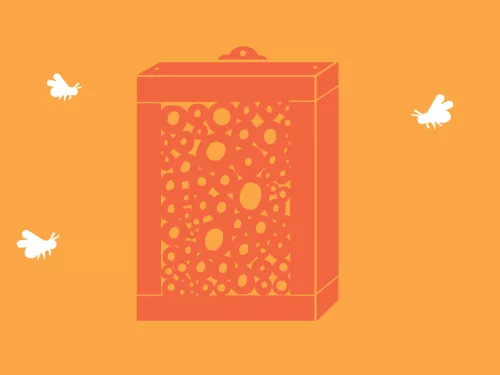
How to make a bee hotel
Solitary bees are important pollinators and a gardener’s friend. Help them by building a bee hotel for your home or garden and watch them buzz happily about their business.
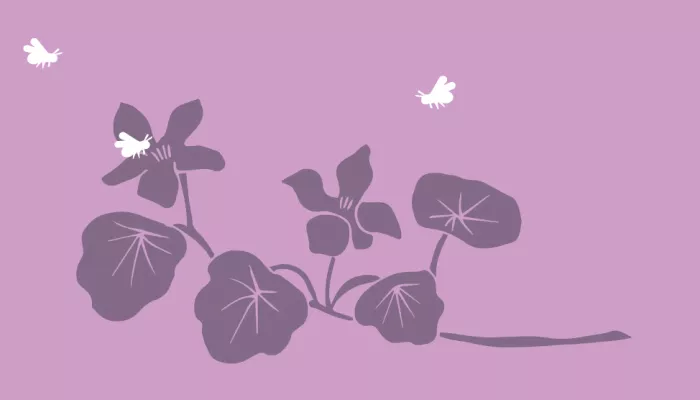
The best plants for bumblebees! Bees are important pollinating insects, but they are under threat. You can help them by planting bumblebee-friendly flowers.
Bumblebees are vitally important for pollinating hundreds of plant species, including many crops. But they are under threat from the loss and degradation of our habitats due to pressures such as development, agricultural intensification and climate change.
Bumblebees look for certain types of flowers. Those with shorter tongues need short, open flowers, with nectar within easy reach. This includes flowers from the daisy family and alliums, which have a number of small flowers on one stalk. Bumblebees with long tongues can enjoy deeper flowers like honeysuckle.
Having some early and some late flowers in your planting mix will prolong the nectar season for bumblebees
As with any planting for nectar, having some early and late flowers in the mix will prolong the nectar season for bumblebees. Planting them in drifts will help bees recognise them and allows them to visit repeatedly.
Having some early and some late flowers in your planting mix will prolong the nectar season for bumble bees and other pollinators, too. Planting them in drifts will help bees to recognise them easily, allowing them to visit repeatedly.
| Early flowers | Late flowers |
|---|---|
| Aubretia (aubretia) | Buddleia (buddleia davidii) |
| Dandelion (taraxacum) | Ceanothus (ceonothus) |
| English bluebells (hyancynthiodes non-scripta) | Cone flower (echinacea) |
| Flowering currant (ribes sanguinium) | Goldenrod (solidago candensis) |
| Forget-me-not (myosotis arvensis) | Ivy (hedera helix) |
| Hazel (corylus avellana) | Lavender (lavandula) |
| Primrose (primula vulgaris) | Michaelmas daisies (aster) |
| Pussy willow (alix caprea) | Red valerian (centranthus rubra) |
| Wallflower (Erysimum cheiri) | Sedum (sedum spectabile) |
| White deadnettle (lamium album) |
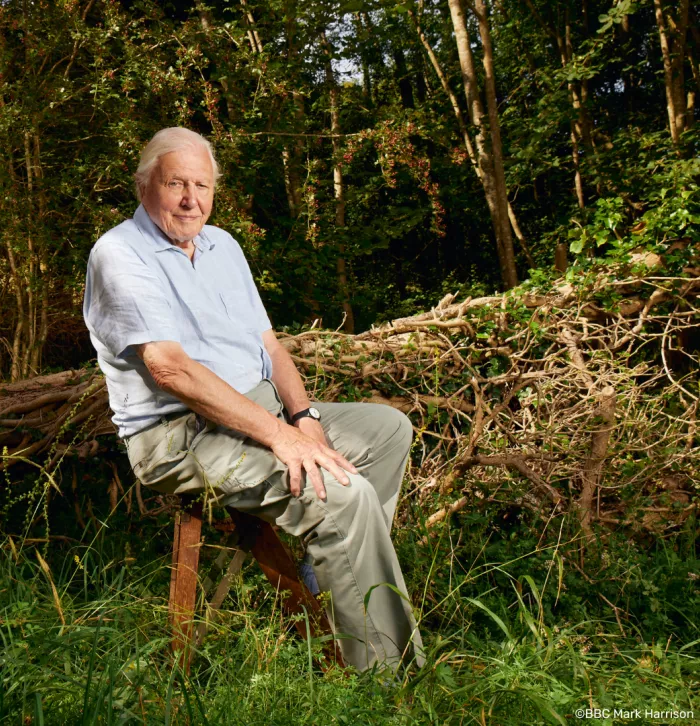

Solitary bees are important pollinators and a gardener’s friend. Help them by building a bee hotel for your home or garden and watch them buzz happily about their business.
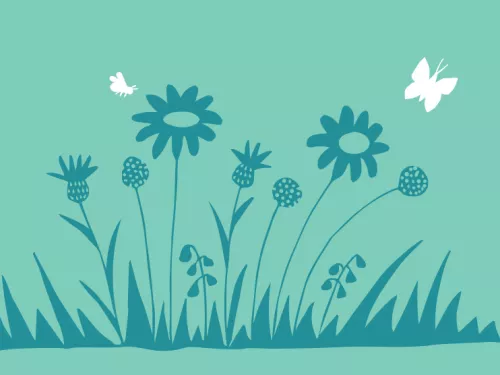
Whether it's a flowerpot, flowerbed, wild patch in your lawn, or entire meadow, planting wildflowers provides vital resources to support a wide range of insects that couldn't survive in urban areas otherwise. It is also a great way of avoiding tools such…
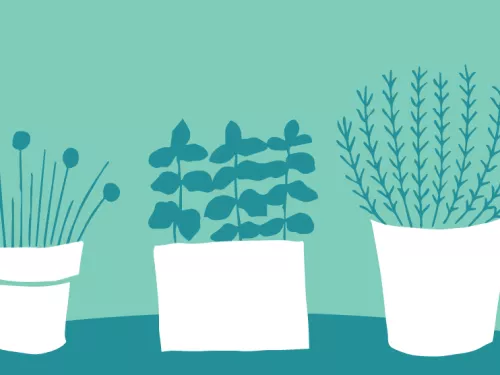
Planting herbs will attract important pollinators into your garden, which will, in turn, attract birds and small mammals looking for a meal.
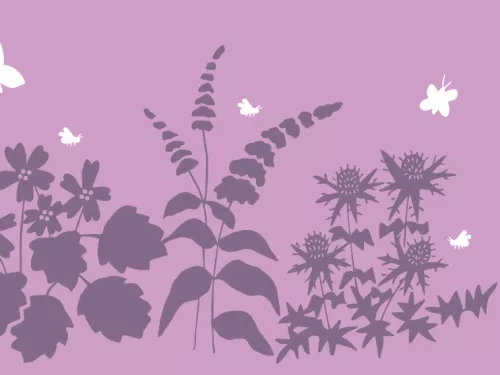
Set up a ‘nectar café’ by planting flowers for pollinating insects like bees and butterflies
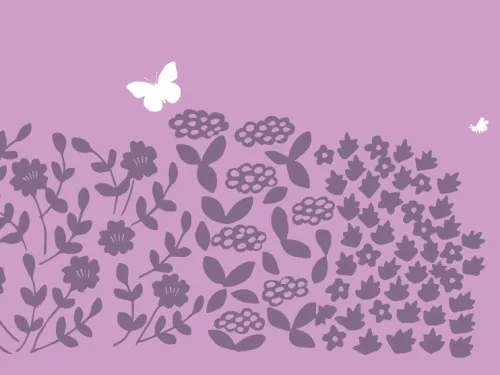
Hedges provide important shelter and protection for wildlife, particularly nesting birds and hibernating insects.

Plant wildflower with seed bombs!